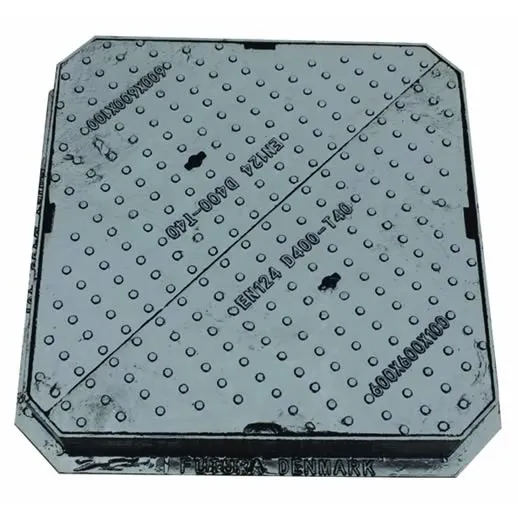Choosing the Right Saddle for Optimal Cable Clamp Performance and Stability
Understanding Saddle for Cable Clamps An Essential Component for Secure Cable Management
In today’s fast-paced technological landscape, the management and organization of cables have become crucial for both safety and efficiency. One fundamental component that ensures cables are securely fastened is the saddle for cable clamps. While these seemingly simple devices play a significant role in preventing cable damage and ensuring longevity, it is essential to delve into their purpose, types, installation processes, and overall benefits.
What is a Saddle for Cable Clamp?
A saddle for cable clamp is a piece of hardware designed to hold cables in place, providing support and stability. The saddle refers to the curved, U-shaped part of the clamp that snugly fits around the cable, while the clamp itself is typically constructed from metal or durable plastic, giving it strength and resilience. These components work together to prevent the cable from moving excessively, which can lead to wear and tear, or even electrical short circuits.
Types of Saddle Clamps
Saddle clamps come in various styles, each tailored for specific applications and environments.
1. Metal Saddle Clamps Often made from steel or stainless steel, these clamps are renowned for their durability and resistance to corrosion, making them ideal for outdoor use or in harsh environments. 2. Plastic Saddle Clamps Lightweight and resistant to most chemicals, plastic clamps are commonly used in indoor applications where there is little exposure to extreme weather conditions.
3. Adjustable Saddle Clamps These versatile clamps can accommodate different cable sizes and offer a degree of flexibility, making them well-suited for situations where the cable dimensions might vary.
4. Heavy-Duty Saddle Clamps Designed for high-load applications, these clamps are built to withstand substantial weight and stress, making them crucial in industrial settings.
Importance of Using Saddle Clamps
saddle for cable clamp

The use of saddle clamps offers numerous benefits. Firstly, they protect cables from physical damage caused by movement, vibration, and environmental factors. This protection is vital in maintaining the integrity of electrical systems and prolonging the lifespan of cables.
Secondly, saddle clamps contribute to a cleaner and more organized workspace. By securing cables in place, they help prevent tangling and clutter, which can be a safety hazard. A neat installation not only looks professional but also facilitates maintenance and troubleshooting, allowing for easier access to cables when needed.
Another important factor is safety. Loose cables pose a risk of tripping and falling, which can lead to serious injuries. By employing saddle clamps, businesses can mitigate these risks, creating a safer working environment.
Installation Process
Installing saddle clamps is a straightforward process that usually requires minimal tools. Here’s a brief overview of how to install a saddle clamp
1. Select the Right Size Choose a saddle clamp that fits the diameter of the cable you are working with. 2. Position the Cable Place the cable in the desired location, ensuring it is free from any obstructions.
3. Attach the Clamp Position the clamp over the cable. If using a metal saddle clamp, align it with a pre-drilled mounting surface and secure it using screws or bolts. For plastic options, ensure the adhesive (if applicable) is applied correctly or use self-tapping screws.
4. Check Security After installation, double-check to ensure that the clamp holds the cable firmly in place and that there is no excessive slack.
Conclusion
In summary, saddle clamps are an essential element of cable management systems. By understanding their types, benefits, and installation methods, individuals and businesses can significantly enhance the safety and efficiency of their electrical installations. These unassuming components provide critical support, extending the lifespan of cables and contributing to a more organized, hazard-free environment. As technology continues to advance and the complexity of electrical systems grows, the importance of reliable cable management solutions like saddle clamps cannot be overstated.
-
The Smarter Choice for Pedestrian AreasNewsJun.30,2025
-
The Gold Standard in Round Drain CoversNewsJun.30,2025
-
The Gold Standard in Manhole Cover SystemsNewsJun.30,2025
-
Superior Drainage Solutions with Premium Gully GratesNewsJun.30,2025
-
Superior Drainage Solutions for Global InfrastructureNewsJun.30,2025
-
Square Manhole Solutions for Modern InfrastructureNewsJun.30,2025
-
Premium Manhole Covers for Modern InfrastructureNewsJun.30,2025
